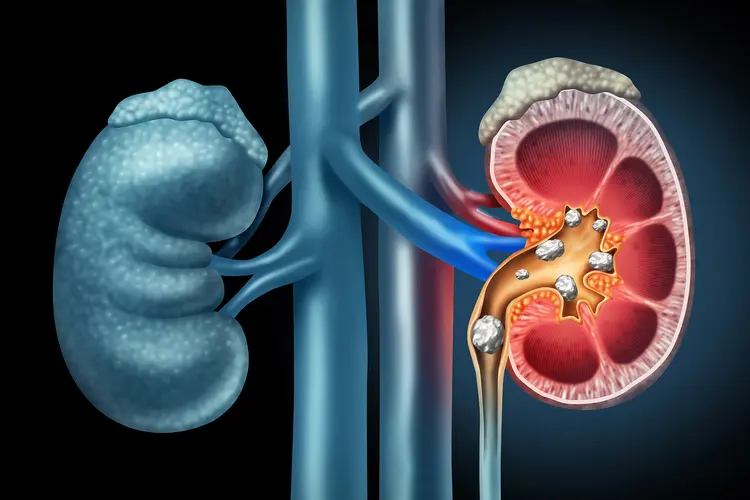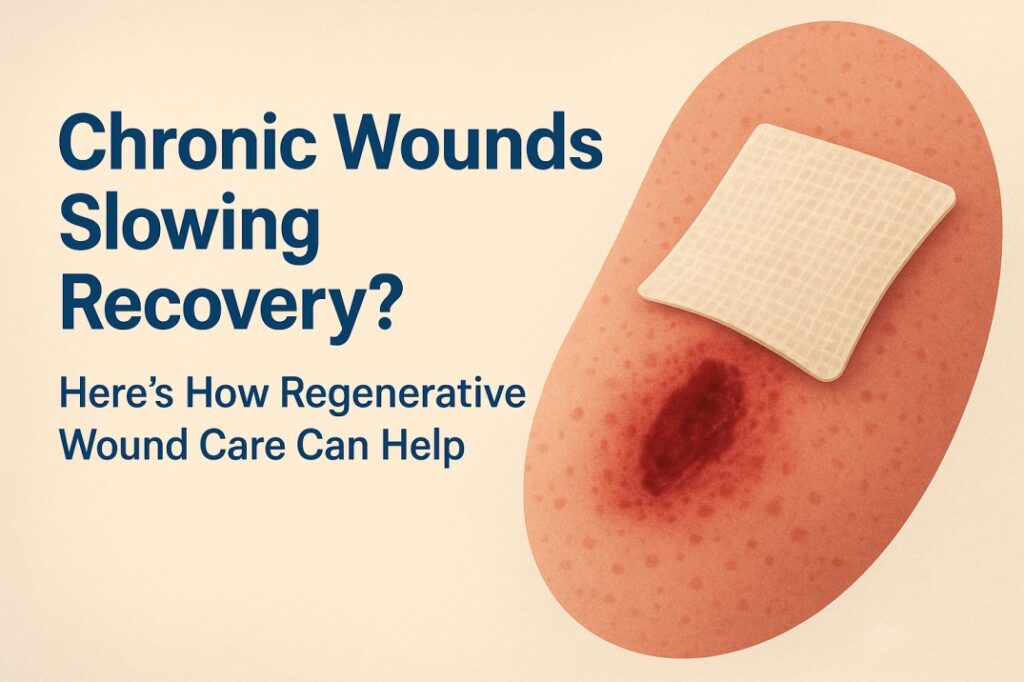Calcium oxalate stones are the most common type of kidney stones, affecting millions of people each year. These hard mineral deposits form when calcium combines with oxalate in the urine. They can cause severe discomfort, disrupt daily life, and may lead to complications if not treated properly. If you’ve experienced sharp back pain, blood in your urine, or frequent urination, you might be showing signs of these stones.
In this post, we’ll cover everything you need to know about calcium oxalate stones, including their symptoms, causes, and how you can prevent them. Whether you’re trying to understand your symptoms or looking for ways to protect your kidneys, this guide will help you make informed decisions for better urinary health.
What Are Calcium Oxalate Stones?
Calcium oxalate stones are crystalline formations that develop in the kidneys when there’s an imbalance in the substances that normally prevent stone formation. Oxalate is a naturally occurring compound found in many foods, and when it binds with calcium in the urine, it can form sharp, hard stones. These stones may vary in size and can be as small as a grain of sand or as large as a pebble.
Most calcium oxalate stones pass through the urinary tract on their own, but some may become lodged and require medical intervention.
5 Major Symptoms and Signs of Calcium Oxalate Stones
Recognizing the signs early can help prevent complications. Here are the top symptoms associated with calcium oxalate stones:
-
Severe Pain in the Back or Side
This is often the first and most unmistakable sign. The pain usually begins suddenly and is felt on one side of the back, just below the ribs. It may radiate to the lower abdomen and groin. -
Painful Urination
As the stone travels through the urinary tract, it can cause sharp, burning sensations during urination. This is a result of irritation to the urinary tract lining. -
Blood in the Urine (Hematuria)
The presence of stones can damage the urinary tract, leading to blood appearing in the urine. The urine may appear pink, red, or brown. -
Frequent Urge to Urinate
You may feel the need to urinate more often than usual, even if little urine comes out. This urgency can be due to the irritation caused by the stone. -
Nausea and Vomiting
When the pain becomes intense, it can also trigger nausea and vomiting. This symptom often occurs alongside severe back pain.
If you’re experiencing any of these signs, it’s essential to seek medical attention and evaluate whether calcium oxalate stones are the cause.
To learn more about these symptoms in detail, visit the full article on 5 Major Symptoms and Signs of Calcium Oxalate Stones.
Causes and Risk Factors
Understanding the root causes of calcium oxalate stones can help you take proactive steps to prevent them. Some of the most common factors include:
- Dehydration: Low fluid intake concentrates the urine, making it easier for minerals to crystallize.
- High Oxalate Foods: Foods like spinach, beets, nuts, and chocolate are high in oxalate and can increase stone risk.
- Genetic Predisposition: Family history plays a role in stone formation.
- Medical Conditions: Conditions like hyperparathyroidism, obesity, and inflammatory bowel diseases can increase your risk.
- Excessive Vitamin C Intake: High doses of vitamin C can be metabolized into oxalate.
Diagnosis and Treatment Options
Diagnosing calcium oxalate stones usually involves imaging tests such as a CT scan or ultrasound, as well as urine and blood tests to evaluate your kidney function and mineral levels.
Treatment depends on the size and location of the stone. Small stones often pass on their own with increased hydration and pain management. Larger stones may require:
- Medical Expulsion Therapy: Medications to relax the ureter and help the stone pass.
- Extracorporeal Shock Wave Lithotripsy (ESWL): Uses sound waves to break stones into smaller pieces.
- Ureteroscopy or Surgery: Minimally invasive or surgical options to remove larger stones.
Prevention Strategies
Preventing calcium oxalate stones is possible with lifestyle and dietary changes. Here are some tips:
- Stay Hydrated: Aim for at least 8-10 glasses of water a day to dilute your urine.
- Limit High-Oxalate Foods: While you don’t need to eliminate them completely, moderation is key.
- Balance Calcium Intake: Dietary calcium can actually help bind oxalate in the gut and prevent stone formation.
- Reduce Salt and Animal Protein: High sodium and animal proteins can increase calcium and uric acid in the urine.
- Consider Supplements: Products like Kidney C.O.P.® can help reduce the risk of calcium oxalate stone formation through natural ingredients that support urinary health.
Final Thoughts
Dealing with calcium oxalate stones can be painful and disruptive, but with the right knowledge and preventive care, you can significantly reduce your risk. Pay close attention to symptoms, maintain proper hydration, and be mindful of your diet. If you’ve had stones before, work with your healthcare provider to develop a personalized prevention plan.
For a deeper dive into the signs of calcium oxalate stones, don’t forget to check out our full article on 5 Major Symptoms and Signs of Calcium Oxalate Stones. Your kidneys will thank you.









